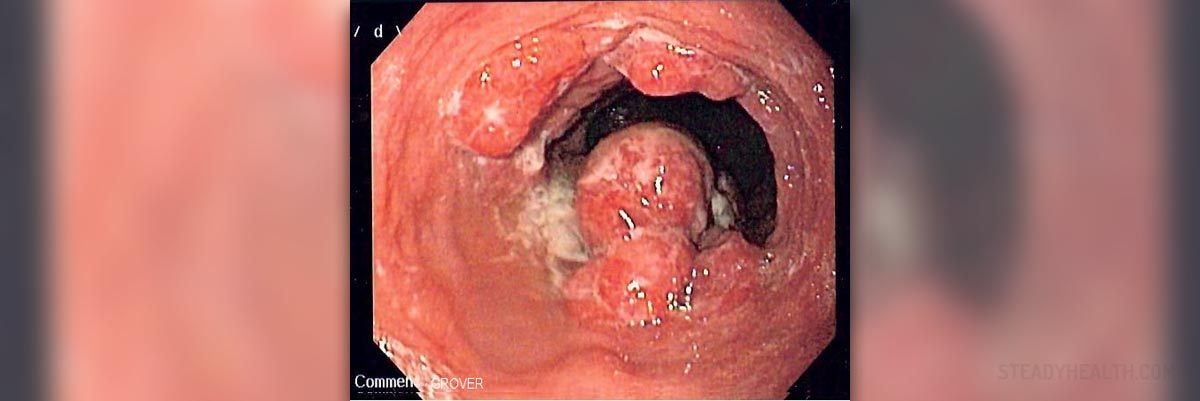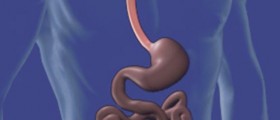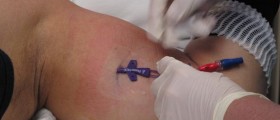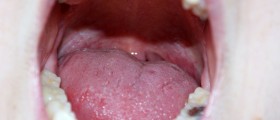
There are a lot of types of cancer and cancer of the esophagus is only one of them. Some cancer types are considered to be more dangerous and problematic to treat than others. Esophageal cancer is such type. Medical experts believe that esophageal cancer is one of the deadliest malignancies. Another problem is that not all experts agree upon the best treatment plan. Cancer of the esophagus has a lot of types but two occur more often than others. They are squamous cell carcinoma or SCC and adenocarcinoma or AC.
Cancer of the Esophagus
Squamous cell carcinoma and adenocarcinoma occur in almost 90% of all patients who are diagnosed with esophageal cancer. Melanoma, sarcoma, small cell carcinoma and lymphoma occur in the remaining 10% of cases. Squamous cell carcinoma can develop in any part of the esophagus while adenocarcinoma is more likely to develop in distal esophagus and at the level of the gastroesophageal junction. Adenocarcinoma is practically never found in the cervical portion of the esophagus.
It is estimated that cancer of the esophagus is not often seen in patients as some other types of cancer in the United States. For instance, in the year 2005 there were 14,500 patients diagnosed with this malignant tumor and there were 13,500 deaths which occurred as a result. However, cancer of the esophagus is the eight cancer type which occurs most often all over the world. When deaths due to cancer are considered, this cancer type holds the sixth position. Every person can develop esophageal cancer but men are more prone to it than women. Individuals older than 65 years of age are also more likely to develop esophageal cancer.
Tumor Growth on the Neck
There are various signs and symptoms of esophageal cancer but dysphagia is considered to be a symptom which should not be overlooked. When dysphagia is present, there is a need for immediate evaluation in order for the actual cause of it to be identified and for the appropriate treatment to start. Dysphagia must not be attributed to aging in older people. When a person goes to the hospital, the first tests which are perform by the doctor in order to reveal what the cause of dysphagia actually is are barium swallow examination and upper GI endoscopy. Endoscopy is highly efficient when it comes to tumors of the gastrointestinal tract as well as other medical conditions. When both of these techniques are used the diagnosis is 98% accurate.
After diagnosing esophageal cancer, staging is the next step. Staging is very significant because appropriate therapy will depend on it. However, the pathologic extent of the disease cannot be determined precisely if esophagectomy is not included in the process. Nowadays, thanks to the modern staging modalities it is a lot easier for the pathologic extent of the disease to be estimated.
Apart from these techniques, the staging process should also include CT scanning of the chest and abdomen, endoscopic ultrasonography and PET scan. A CT scan is important because it will show the presence/absence of metastatic disease and give insight in the relation of the tumor with nearby organs and tissues.
Removal Methods for Esophageal Cancer
The prognosis of esophageal cancer has never been good. One of the main reason why that is so, is because most patients are already in advanced stage of the disease when they are diagnosed with the tumor. Radiation therapy is not as simple as in case of other types of cancer because of the location of the tumor. The problem is that radiation therapy will have an effect on other vital organs in the chest cavity such as major blood vessels, lungs and even the heart. Nowadays side effects caused by radiation therapy are not severe as they used to be but toxicity is still a threat. A certain study which took place in 1980 showed that the five year survival rate after a surgical recession was 4% and 6% after radiation therapy.
However, the situation is not so dire due to the fact that surgical results have improved. The survival rates for a period of up to 19 months after surgery are near 50%. The chances of survival for a period of two years are between 35 and 42% and between 15 and 24% when a five year survival rate is considered. Oncologic surgery has a goal of recession of the primary tumor and nearby lymph nodes.
Up until now, radiation therapy has been used as a single-modality approach. Radiation therapy does not have a huge effect on the long-term survival except in patients whose disease is in the early stages.
Multimodality treatment approaches are a relatively new option for esophageal cancer. This treatment has evolved as a response to the often seen locoregional and distant recurrences which occur after surgery or radiation therapy have been used alone.
When chemotherapy is considered, it can be administered before the surgery, after the surgery or both.

















Your thoughts on this
Loading...